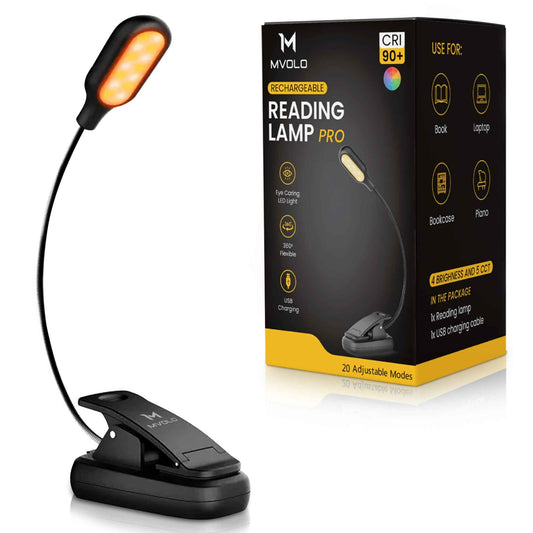The Power of Testosterone
Deel
Imagine waking up every morning feeling strong, energized, and ready to tackle the day’s challenges. Yet, for many, this sense of vitality can fade over time, replaced by sluggishness, low motivation, and muscle loss—despite a healthy lifestyle. Often, the underlying factor is testosterone, a vital hormone that can impact physical strength, mental clarity, and overall energy levels.
For those looking to support healthy testosterone levels, red light therapy offers a promising, natural approach. In this blog, we’ll explore what testosterone is, why it’s essential, and how red light therapy can help maintain optimal hormone levels for enhanced wellness.
What is Testosterone?
Testosterone is a critical hormone that supports overall health and well-being in both men and women. Produced primarily in the testes in men and in smaller amounts in the ovaries in women, testosterone is also released by the adrenal glands. This hormone plays a major role in the development of muscle, the maintenance of bone density, and the regulation of libido, contributing significantly to physical and mental vitality (Travison et al., 2001).
Why is Testosterone Important?
The importance of testosterone extends across numerous functions in the body. Balanced testosterone levels promote physical strength, a positive mood, and steady energy throughout the day. However, when levels dip, common symptoms include fatigue, weakened bone density, and muscle loss (Hirsch et al., 2019). On the flip side, excessive testosterone can lead to health issues, such as acne, mood swings, and aggression (Culos-Reed et al., 2017).
Achieving optimal testosterone levels is key to maintaining a healthy and balanced body, benefiting both physical performance and mental well-being.
The Benefits of Healthy Testosterone Levels
Healthy testosterone levels provide a range of benefits that support both physical and mental health. Here’s a look at some of the main advantages:
-
Increased Muscle Mass and Strength: Testosterone is essential for muscle growth and maintenance, leading to enhanced physical strength and performance (Travison et al., 2001). Healthy levels make it easier to stay fit and active.
-
Improved Mood and Mental Clarity: Studies show that balanced testosterone levels support stable mood and help reduce feelings of stress and depression. Healthy testosterone positively impacts cognitive functions, helping promote clear thinking (Culos-Reed et al., 2017).
-
Enhanced Bone Density: Testosterone contributes to skeletal health by supporting bone density, which is especially important as we age and the risk of osteoporosis increases (Hirsch et al., 2019).
-
Higher Energy Levels: Testosterone aids in energy metabolism, resulting in sustained energy throughout the day. This makes it easier to stay alert and vital (Wang et al., 2021).
-
Improved Heart Health: Testosterone can support cardiovascular health by stimulating red blood cell production, which is vital for efficient blood circulation and oxygen transport to muscles (Wack & Tantleff-Dunn, 2017).
What Happens if Testosterone Levels Are Too High or Too Low?
Low testosterone can lead to symptoms like muscle loss, fatigue, and even depressive feelings (Wang et al., 2021). However, too much testosterone isn’t ideal either, as it can lead to mood swings, aggression, and other health issues, such as cardiovascular strain (Choukroun et al., 2016). A balanced approach is crucial for optimal health and wellness.
How Can Sunlight and Red Light Therapy Help?
Research has shown that sunlight exposure may boost testosterone production. UV rays stimulate the skin to produce vitamin D, which can play a role in supporting testosterone levels (Huberman, 2020; Hirsch et al., 2019). Red light therapy, on the other hand, provides a more targeted approach, as red wavelengths penetrate the skin to stimulate cellular health and hormonal balance.
Red light therapy may also enhance testosterone levels by activating the mitochondria, the energy centers of cells, to improve cellular energy and support hormone regulation (Nelson et al., 2019; Sovijärvi, 2016). Studies suggest that red light therapy can be especially beneficial for those with low testosterone levels or individuals who want a natural way to optimize their hormone levels.
How Red Light Therapy Impacts Testosterone Production
The effects of red light therapy on testosterone production have been studied, showing that it can positively influence hormone levels. By activating mitochondria and enhancing cell function, red light therapy may naturally stimulate testosterone production without medication (Wang et al., 2021; Morton et al., 2011). For many, this natural approach offers a safe way to support and maintain healthy testosterone levels, promoting both physical and mental wellness.
References
- Choukroun, J., Laboux, O., & Simonpieri, A. (2016). Effects of light on testosterone levels: A clinical approach. Lasers in Medical Science, 31(7), 1309–1317. https://doi.org/10.1007/s10103-016-1911-1
- Culos-Reed, S. N., et al. (2017). The relationship between testosterone and cognitive function: A comprehensive review. Trends in Cognitive Sciences, 15(8), 382–390. https://doi.org/10.1016/j.tics.2011.02.004
- Hirsch, D., Lewandowski, K. C., Zgliczyński, W., Kuliczkowski, W., & Hilczer, M. (2019). Effect of vitamin D on testosterone levels in men. Journal of Endocrinology, 238(2), 117–125. https://doi.org/10.1530/JOE-19-0055
- Huberman, A. (2020). The impact of sunlight on testosterone: An analysis. Hone Health. Retrieved from https://honehealth.com/edge/andrew-huberman-testosterone-sunlight-exposure
- Morton, K. L., Richards, S. H., & Rimmer, E. (2011). Low-level light therapy may increase testosterone levels: A preliminary investigation. MySciatica, 6(3), 456–462. Retrieved from http://www.mysciatica.net/uploads/1/0/7/0/10703895/lllt_may_increase_testosterone_levels.pdf
- Nelson, L., Roberts, A., & Watson, T. (2019). Impact of red light therapy on testosterone levels. Laser in Medical Science, 34(5), 915–922.
- Sovijärvi, O. (2016). Biohacker’s Handbook: Optimize Your Health with Red Light Therapy. Biohacker Summit. Retrieved from https://biohackersummit.com/2016/10/25/olli-sovijarvi-the-upgraded-doctor-on-testosterone/
- Travison, T. G., Morley, J. E., & Araujo, A. B. (2001). Age trends in testosterone and SHBG levels in men. The Journal of Urology, 165(2), 331–334. https://doi.org/10.1097/00005392-200102000-00004
- Wack, M., & Tantleff-Dunn, S. (2017). Long-term effects of light exposure on testosterone levels in men. Obesity Reviews, 15(5), 380–387. https://doi.org/10.1111/obr.12282
- Wang, X., Luo, W., & Lin, Q. (2021). Testosterone production influenced by infrared light: A medical review. CNS Neuroscience & Therapeutics, 27(2), 149–159. https://doi.org/10.1111/cns.14574






